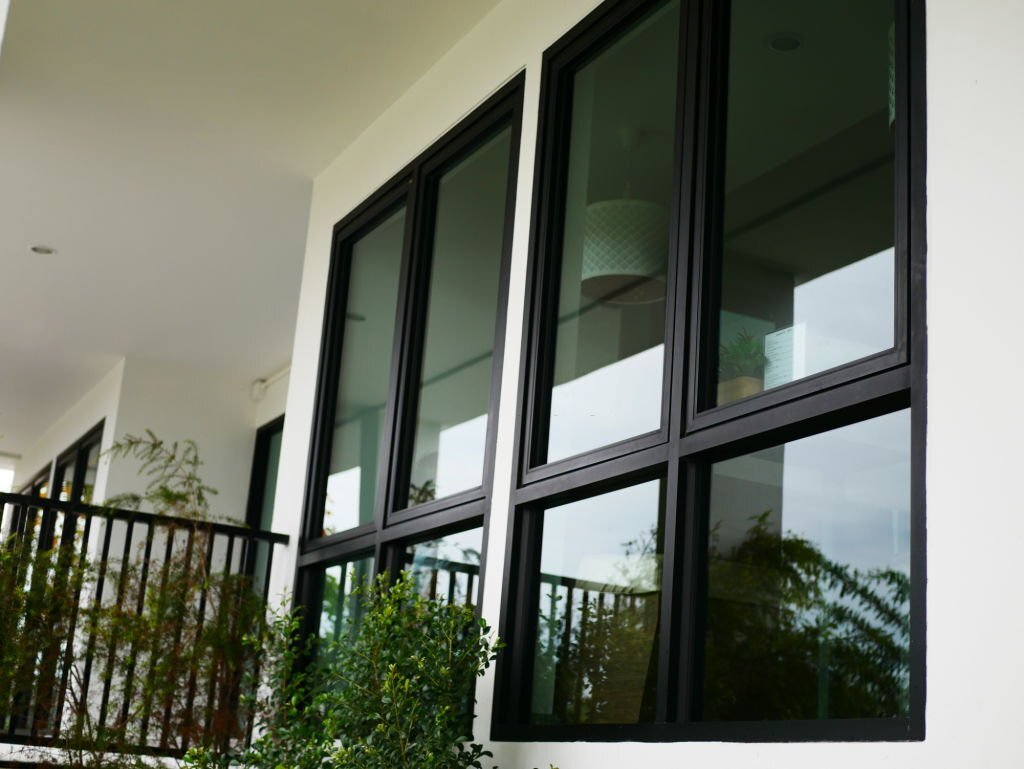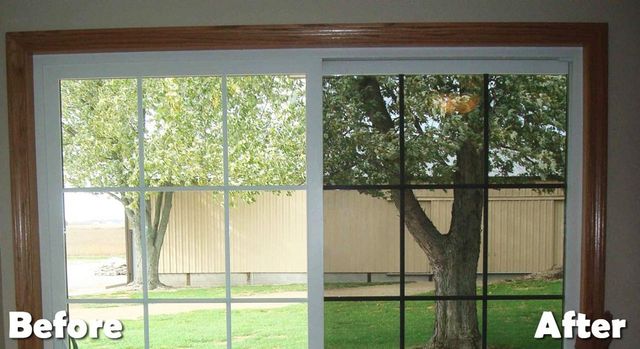Residential Window Tint: Safeguard Your Furnishings from UV Damage
Just How Residential Window Tinting Boosts Your Home's Power Effectiveness
Residential window tinting offers a compelling solution for homeowners looking for to enhance power efficiency within their home. By using specialized films to windows, it properly decreases warmth transfer, thereby stabilizing interior temperatures and minimizing the demand for too much home heating or air conditioning. This not only stops energy usage but additionally offers an extra comfortable atmosphere by mitigating glare. Nevertheless, recognizing the nuances of just how tinting jobs and selecting the proper kind for your home can be critical. Strangely enough, what factors should one think about prior to making this investment?
Recognizing Home Window Tinting
Understanding home window tinting is essential for homeowners seeking to enhance both comfort and power performance in their space. Residential Window Tint. Window tinting entails the application of a slim film to the interior or exterior surface of glass windows. This film can dramatically modulate the amount of sunlight and warmth that gets in a home, hence influencing indoor climate conditions
There are numerous types of home window tinting movies offered, each with unique homes. The efficiency of home window tinting is usually determined by its Visible Light Transmission (VLT) percentage, which suggests how much light can pass through the film.
Advantages of Energy Efficiency
Window tinting not just improves appearances yet likewise plays a significant duty in enhancing power effectiveness within domestic areas. By reducing warm transfer via windows, tinted movies create an extra stable interior environment, which can lead to substantial reductions in power consumption for heating & cooling. This energy effectiveness converts into reduced energy costs, offering homeowners with considerable lasting savings.

In addition, home window tinting improves the comfort of living areas. By reducing glare and obstructing damaging UV rays, tinted windows create an even more pleasurable atmosphere, which can lead to boosted health for owners. The security against UV rays additionally assists preserve furniture and flooring from fading, adding to the longevity of house products.
How Tinting Functions
Tinting films run with a combination of innovative materials and innovations developed to manage the quantity of solar power entering a home. Largely composed of polyester, these movies typically incorporate ceramic or metal fragments that absorb and mirror heat. This twin ability permits them to substantially reduce the penetration of ultraviolet (UV) rays and infrared radiation while allowing noticeable light to go through.
The performance of home window tinting is determined by its solar warmth gain coefficient (SHGC), which indicates how much solar energy is sent through the window. Reduced SHGC worths are more effective as they denote greater warm denial. Additionally, home window tints can include a variety of shades, permitting property owners to tailor their aesthetic choices while boosting power efficiency.
Moreover, these movies serve as a barrier, stopping warmth loss during colder months by showing interior warmth back into the home. This thermal insulation impact matches the air conditioning advantages gained during warmer months, contributing to a balanced interior environment year-round. By taking care of solar power effectively, domestic window tinting not just enhances comfort but also plays an important function in minimizing power intake and decreasing energy costs.
Picking the Right Color

There are various types of home window films readily available, including colored, metalized, and ceramic. Colored films are cost-effective yet may have limited resilience. Metalized movies supply far better warm denial but can interfere with digital signals. Ceramic movies give outstanding warmth control without compromising exposure and are Check Out Your URL extremely sturdy, making them a popular option.
Noticeable light transmission (VLT) is an additional essential aspect, as it shows the amount of natural light that can pass with the tinted glass. House owners must select a tint with a VLT that matches their illumination preferences while still offering appropriate glare reduction.
Furthermore, examining the solar warm gain coefficient (SHGC) can assist figure out just how well a tint can block warm from sunlight. A lower SHGC indicates better heat control, inevitably enhancing power effectiveness.
Installation and Upkeep Tips
Proper setup and maintenance are essential elements in optimizing the benefits of domestic home window tinting. To achieve ideal outcomes, Recommended Site it is advisable to hire a qualified expert for installment. This makes certain that the tint is used appropriately, avoiding air bubbles, creases, or misalignment that could compromise efficiency. Professionals also use specialized methods and devices, which can boost the longevity and efficiency of the tint.
Following setup, upkeep is essential to prolong the life of the window film. It is recommended to wait at the very least 30 days prior to cleansing the colored home windows to allow the adhesive to heal fully.
Dealing with these concerns immediately can stop additional damage and maintain power performance. By sticking to these setup and maintenance suggestions, house owners can ensure their home window tinting proceeds to supply significant power financial savings and convenience for years to come.
Conclusion
Finally, domestic home window tinting serves as a reliable solution for improving energy efficiency within homes. By lowering warm transfer and blocking harmful UV rays, home window movies add to reduce power usage and improved indoor comfort. The option of suitable tinting products, together with proper installment and maintenance, further makes the most of these advantages. Eventually, window tinting stands for a sustainable financial investment that not only decreases utility costs however also promotes a comfy living read this article atmosphere throughout the year.
Home window tinting entails the application of a slim movie to the interior or exterior surface of glass home windows. By lowering heat transfer through home windows, tinted films produce a more secure interior climate, which can lead to considerable decreases in power intake for heating and air conditioning.The performance of window tinting is measured by its solar warm gain coefficient (SHGC), which suggests just how much solar power is transmitted with the home window. By taking care of solar power effectively, domestic home window tinting not just boosts convenience but also plays an important function in minimizing power intake and lowering energy costs.
By reducing heat transfer and obstructing damaging UV rays, home window movies contribute to reduce energy usage and boosted interior convenience.